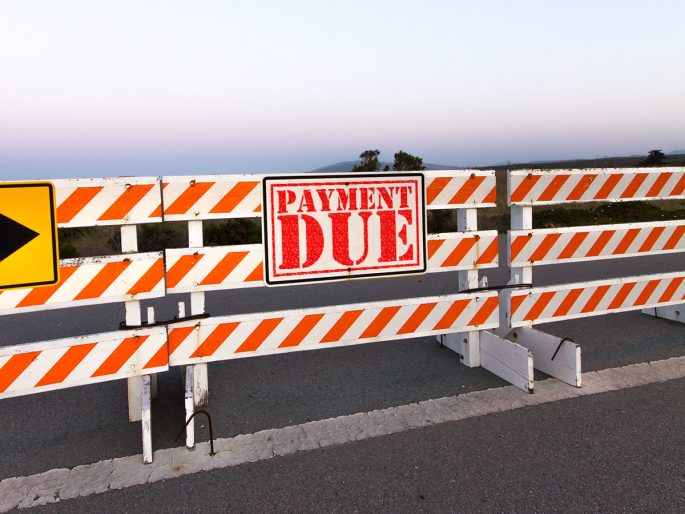Roadway funding continues to be a topic of debate. As funding diminishes and roads continue to deteriorate, leaders are debating how to address urgent repairs and identify a sustainable revenue source for future infrastructure needs.
Historically, the primary source for transportation funding has been the federal gas tax, which is currently 18.4 cents per gallon and which has not been increased for over 25 years. The federal administration has expressed that it favors a 25 cent-per-gallon increase. Meanwhile, more than 30 states have increased state gas taxes since 2011. States that recently proposed or passed motor tax increases include Illinois, Michigan, Wisconsin, Ohio, Kentucky and Minnesota.
Did You Know?
If the federal gas tax had been indexed to inflation it would currently be more than 30 cents per gallon.
Several petroleum marketing associations have opposed fuel tax increases. They cite concerns about customers spending less on higher-profit non-fuel items and motorists choosing to drive to neighboring states with lower fuel prices.
The American Trucking Associations (ATA) is taking a different stance. The association highlights the human toll deteriorating roadways take on motorists in a Fuels Market News article. The ATA says the average commuter wastes 42 hours sitting in traffic and absorbs $1,600 in wasted gas and vehicle damage.
Higher gas taxes are probably coming whether we like them or not. And though higher motor fuel taxes will mean higher fuel prices, highway improvements may actually contribute substantial long-term gains such as economic growth and increased driving. It will be easier for most customers to adjust to price increases during times when fuel prices are relatively stable. With those things in mind, it would seem that any industry that relies on motorists as a driving force behind its business model would support infrastructure improvements.
Watch for our next article in Fuels Market News to learn more on this topic. For ways to relieve customer pain at the pump, please see our latest article on CSP’s website.




